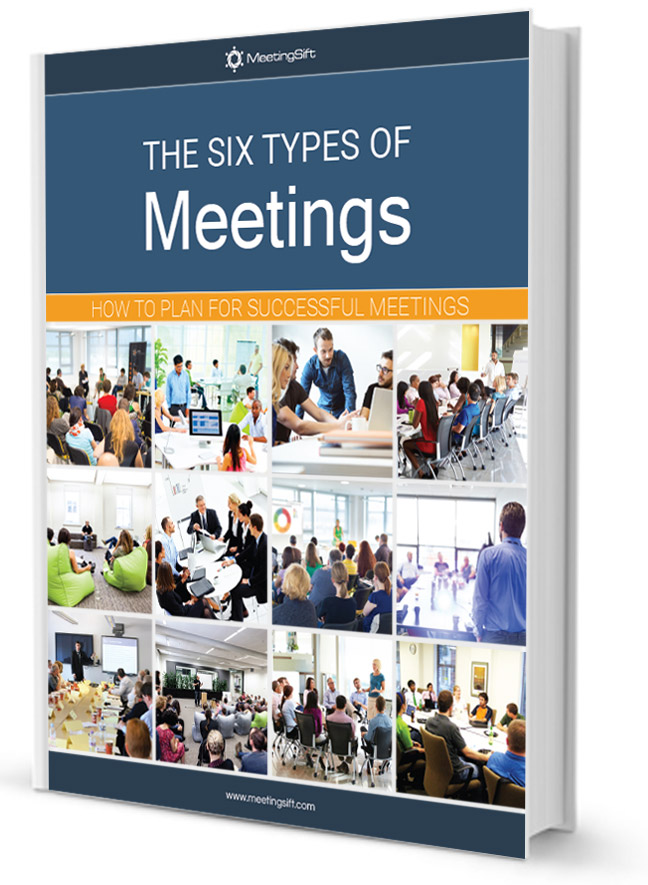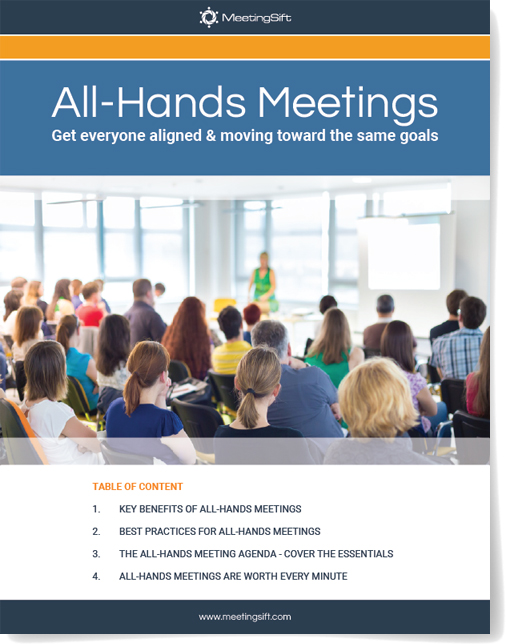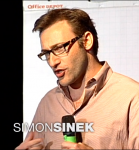 http://meetingsift.com/wp-content/uploads/2015/08/6737476605_ff8d4974fb_o-e1442996451706.jpg
681
670
Viil Lid
http://meetingsift.com/wp-content/uploads/2015/10/MeetingSift_LOGO_horiz-white-470x119-470x119.png
Viil Lid2017-07-17 08:08:472017-07-27 11:58:07The 10 Ground Rules for Meetings
http://meetingsift.com/wp-content/uploads/2015/08/6737476605_ff8d4974fb_o-e1442996451706.jpg
681
670
Viil Lid
http://meetingsift.com/wp-content/uploads/2015/10/MeetingSift_LOGO_horiz-white-470x119-470x119.png
Viil Lid2017-07-17 08:08:472017-07-27 11:58:07The 10 Ground Rules for MeetingsThere are a number of online resources available to help guide you in the crafting of your MeetingSift agenda. The Research Methods Knowledge Base, is one such resource that is open to the public, highlighting 3 primary areas that should be considered when formulating questions for your meeting participants to address.
- Determining the question content, scope, and purpose
- Choosing the response format that you use for collecting information from the meeting participants
- Figuring out how to “word the question” to tease out the information you are seeking
What to Address
This is an important pre-meeting step that will help you plan your agenda to maximize the information you are able to gather that has meaning for your project.
Content
The content of a question should align with a number of considerations. From the meeting leader’s standpoint it should address the topic that you are interested in learning about in a fashion that does not bias your results. The questions must also match the level of knowledge and experience of your meeting participants. Ethically it is important that questions are responsive to different sensitivities that may be present at your meeting. Age, gender, race, religion, politics, etc. are all areas that must be handled respectfully and objectively.
Scope
Make sure that your able to gauge the scope of the questions you are crafting. Questions should not be overly confusing or esoteric. The KISS approach, or “Keep it Simple Silly”, is wise to keep in mind when composing questions. Also make sure that you are only asking one question at a time, a more difficult thing to do than it might sound. The scope of each question is a delicate balance between the meeting goals, and your meeting participants’ focus and attention.
Purpose
Though we’ve already touched on it, you must always keep the goals of your meeting in mind when composing questions to address at the meeting. This does not mean that you should be overly straight forward or direct when you compose your questions, but that you should strive to find questions that will reveal the information you seek in circuitous ways.
One way to help you understand these lessons is by examining the types of questions you might consider using when using MeetingSift to run your meetings.
Types of Questions
Dichotomous Questions
You’ll want to consider what kinds of questions are most appropriate for your agenda. The MeetingSift poll activity is designed to ask your meeting participants dichotomous questions. These are really easy to set up in your meeting leader dashboard by setting your answer choices appropriately (True/False, Yes/No, etc.).
Level of Measurement Questions
We also allow for different varieties of “Level of Measurement” Questions – query that ask your participants to rank items or place them on a scale of some kind. Again our polling tool can be used for such purposes by setting the answer choices according to the scale you’d like to see reported on. For instance begin by asking the question “How much do you agree with the statement: Recycling should be a mandatory practice.” Then set the answer choices to Strongly Agree, Agree, Neutral, Disagree, or Strongly Disagree. This will enable you to compose one variety of “Level of Measurement” question.
Alternatively you could use the Evaluation tool for an added layer of complexity in your MeetingSift results. The evaluation tool allows you to evaluate criteria based on a low<->high scale. This requires a bit more pre-planning on the part of the question writer, but can yield powerful results.
Wording Questions
There are a lot of inter-relational traits that go into the wording of a good question. We’ve already touched on the sensitivity of your participants, and how that can and should guide your choice of words, but it is equally important to ask your self the following questions:
- Can the question be understood?
- Does the question make any assumptions?
- Is there a specific time frame?
- Is the wording too personal?
- Is the wording too direct?
By pre-screening your questions with this series, your chances of asking the right questions to dig at the information most important to your work.
Ask questions with MeetingSift
Use the Brainstorm activity to ask open ended questions to your group. For more structured questions you can use the Poll activity to provide predefined answers to chose from.

 Collective Intelligence
Collective Intelligence 














